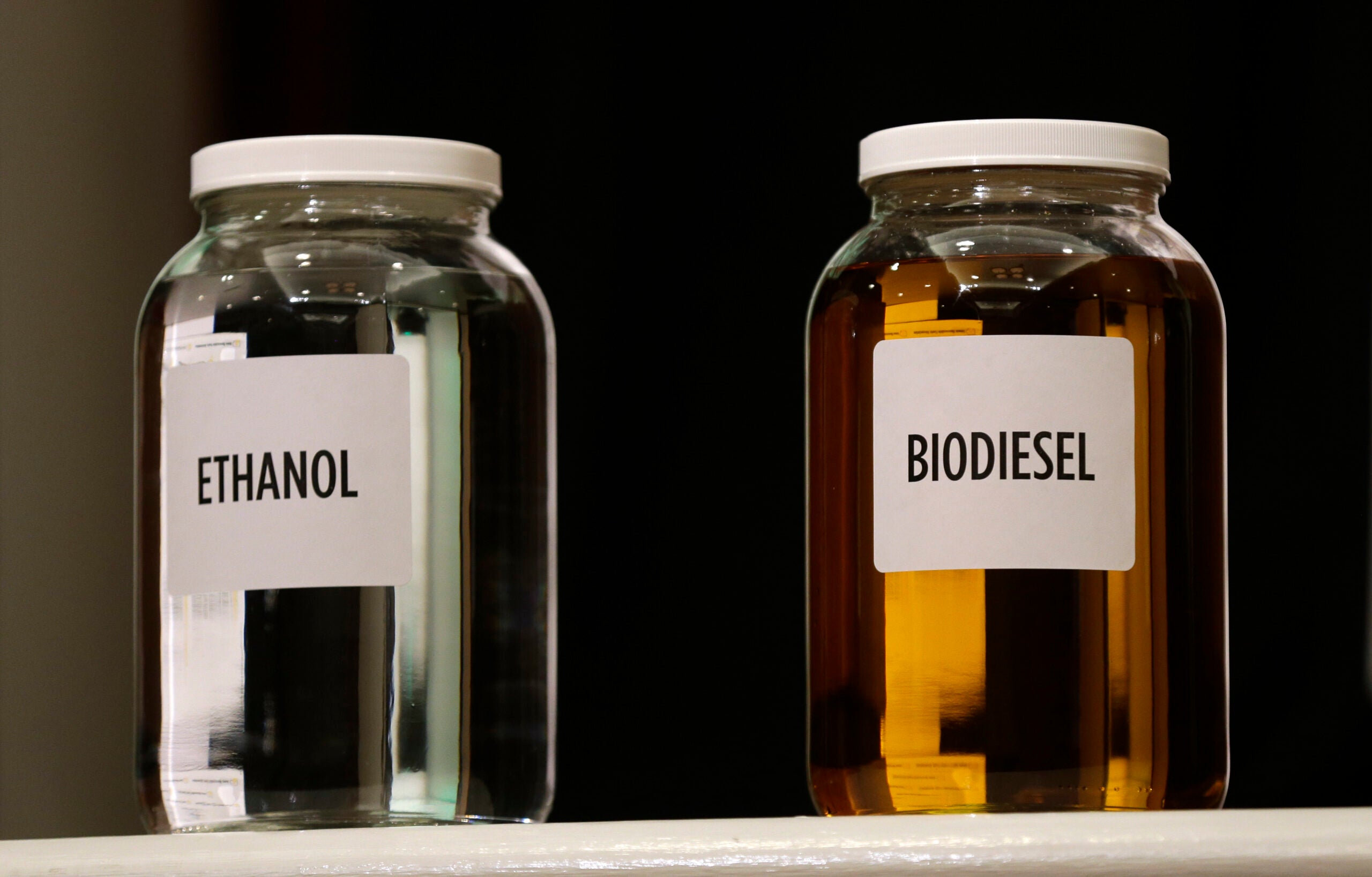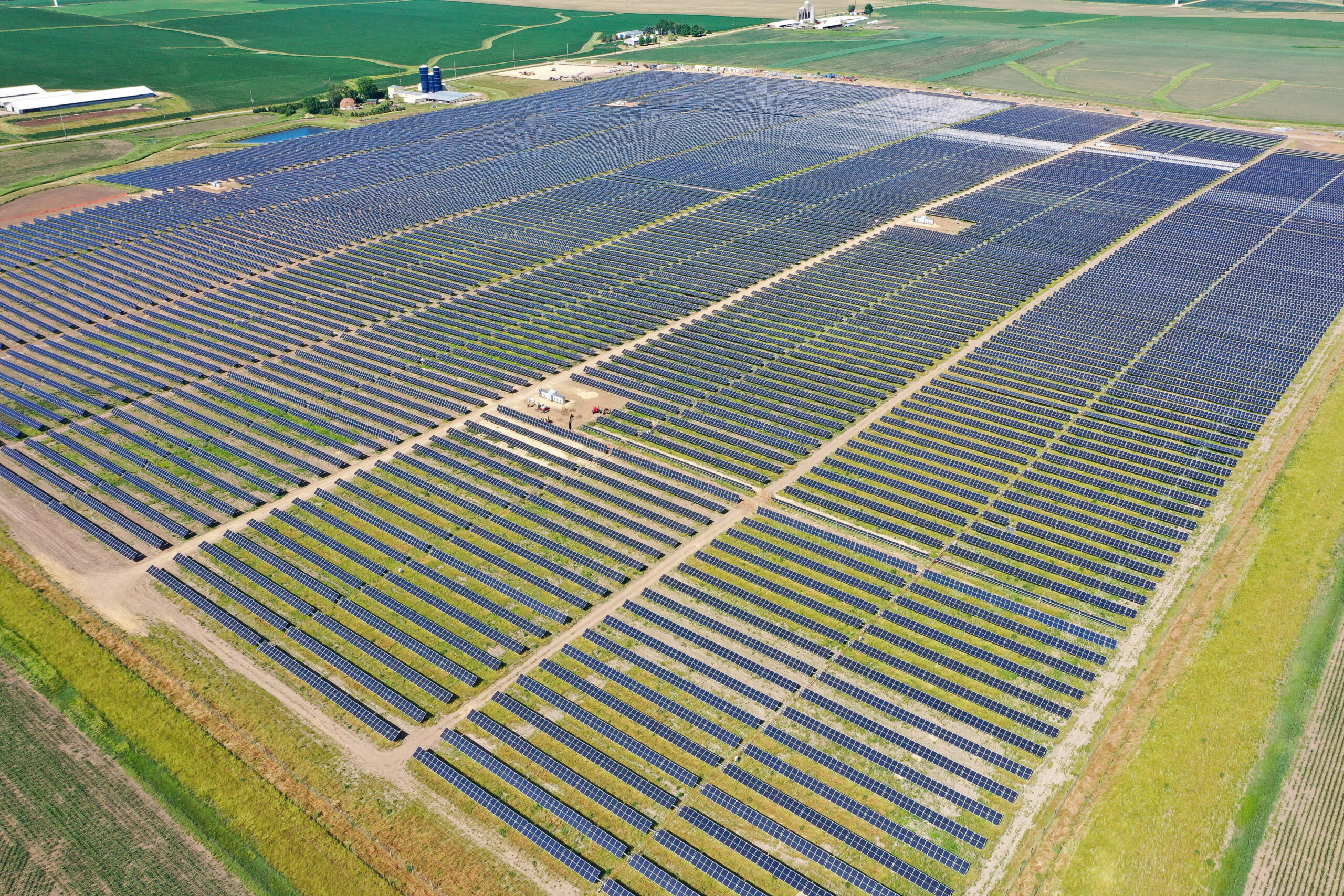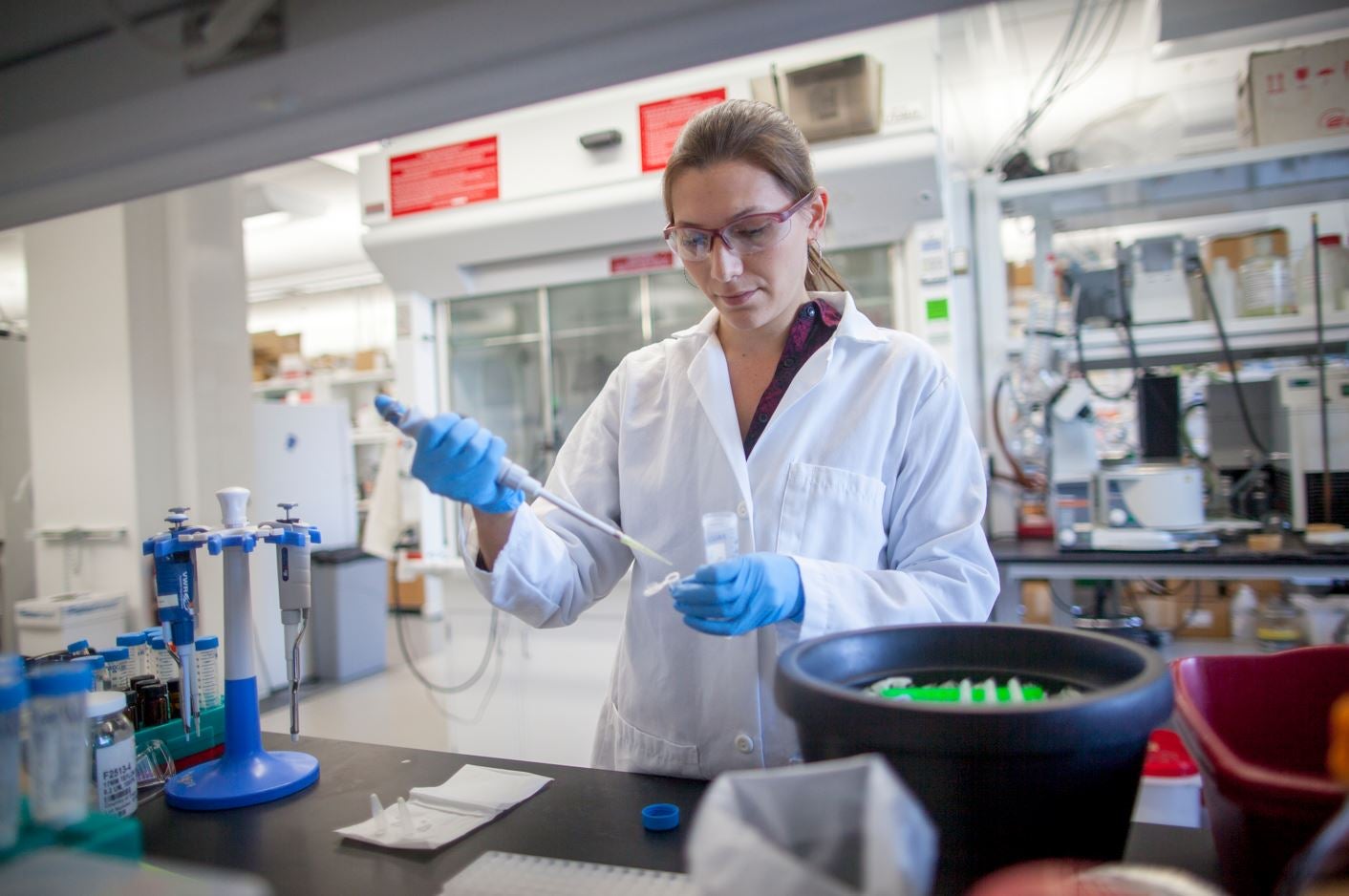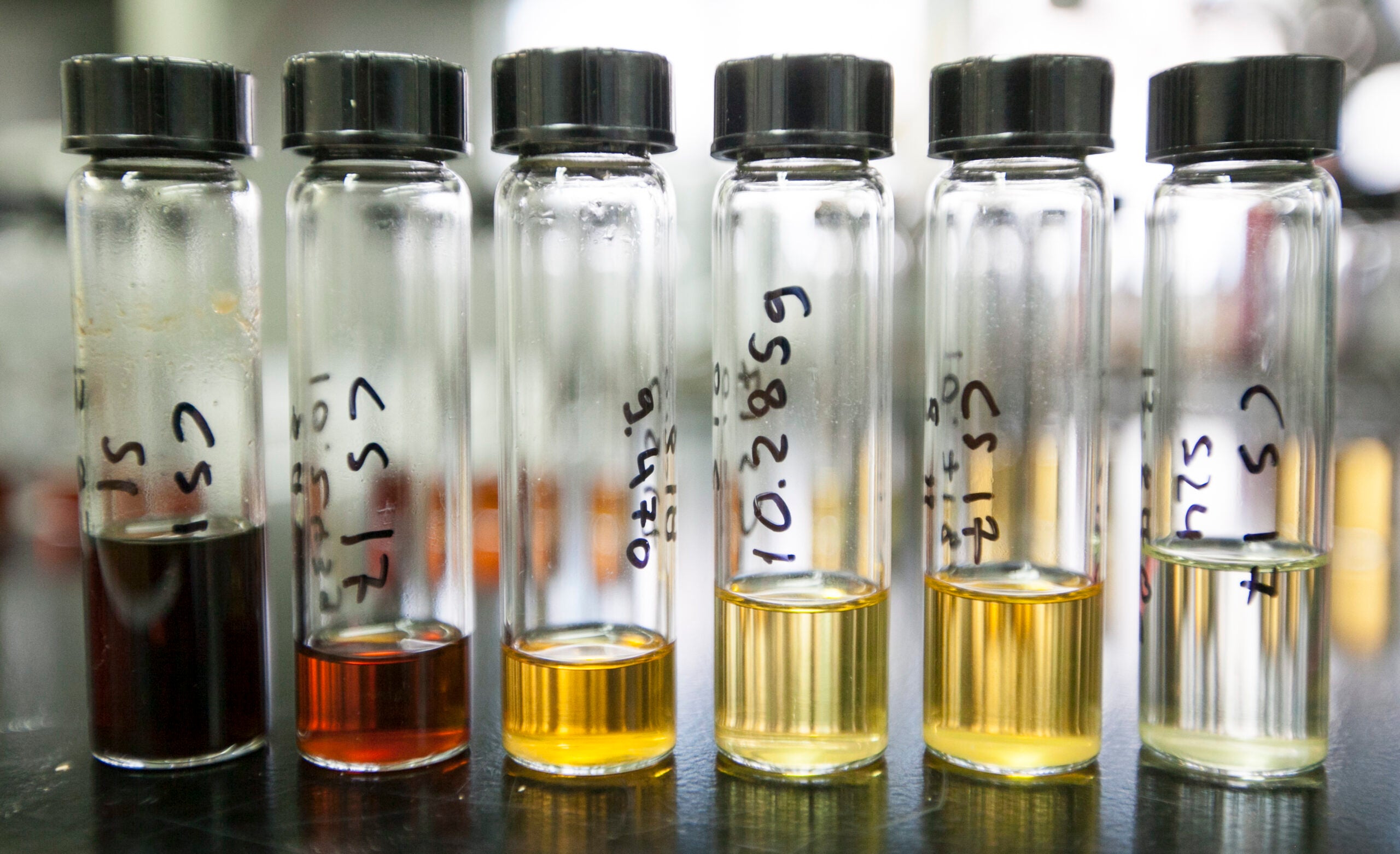Americans have been pumping biofuels into their cars for decades in the form of ethanol, an alcohol produced by fermenting corn.
But ethanol has limitations as fuel source, says Mary Blanchard, associate director of the Wisconsin Energy Institute. Since ethanol can only be blended up to 15 percent in gasoline, it cannot completely replace fossil fuels.
However, Blanchard told WPR’s “The Morning Show,” new biofuels have the potential to totally replace fossil fuels as an energy source — and lower carbon emissions.
News with a little more humanity
WPR’s “Wisconsin Today” newsletter keeps you connected to the state you love without feeling overwhelmed. No paywall. No agenda. No corporate filter.
“There’s a very significant advantage (of biofuels) in reducing greenhouse gas emissions,” Blanchard said. “And there’s also the opportunity to have homegrown energy … grown on farms or (forests) to create economic opportunities for rural areas in the country.”
Biofuels may one day power jet travel, further reducing greenhouse gas emissions. Blanchard talked to “The Morning Show” about the work being done to develop these new fuel sources.
The following has been edited for brevity and clarity.
Kate Archer Kent: There are debates over ethanol’s carbon intensity and whether corn-based ethanol is actually better for the environment than petroleum-based fuels. How do you view that scientific debate that’s going on and how ethanol actually relates to climate change?
Mary Blanchard: The EPA — in the process of creating the Renewable Fuel Standard, which is the policy that makes the market for renewable fuels — does what’s called a life-cycle assessment. It looks at the growing of the feedstock, the process to make the fuel and then the transportation to the end consumer. And that assesses the greenhouse gas emissions for that whole process. … Compared to gasoline, ethanol is reducing greenhouse gas emissions.
Some of the questions that come from the utilization of corn come from a landscape perspective of the mono cultures and (looking at) what are strategies for having sustainable and healthy landscapes associated with biofuels production. At the Great Lakes Bioenergy Research Center, which is based at the Wisconsin Energy Institute, they are looking at the utilization of marginal lands for growing bioenergy crops and converting non-food biomass into fuels and chemicals that would traditionally be sourced from petroleum.
KAK: What qualifies as marginal lands?
MB: As you drive on the highway, you’ll see space that’s being used for food production and areas that aren’t. Some less fertile lands might benefit from having perennial crops on them (for biofuel production).
KAK: Last month, Chevron Renewable Energy Group announced it is closing biodiesel plants in both Iowa and Wisconsin, citing economic conditions that have become very harsh. How challenging is the market for biodiesel right now?
MB: What’s happened in the production of bio-based diesel fuels is that there’s a different capability that makes something called “renewable diesel” that is using plant oils to make a biodiesel in an oil refinery using different processes. It’s hydrotreating that vegetable oil, and that fuel can (completely replace) diesel fuel.
And its capacity has really grown over time. It was 1.75 billion in January of 2022 and it’s grown to 3.8 billion gallons by the end of last year.
KAK: Despite the recent closing of the biodiesel plant in Wisconsin, do you expect to see more biodiesel plants opening in our state or around the country?
MB: Renewable diesel is really growing, and is expected to continue to grow 30 percent through 2025. We’re also seeing tremendous interest in sustainable aviation fuel. That is a sector that isn’t easily electrified. There are more and more electric vehicles or hybrid electric vehicles on the road that are helping to replace the use of gasoline, but there are not great solutions when it comes to medium- and long-haul aviation.
There are a number of different pathways that can lead to sustainable aviation fuel. There is a company in Madison called Virent, which is making a synthesized aromatic kerosene that can be used in aviation fuel and, in fact, was part of the fuel used to fly a jet from London to (New York) with 100 percent bio-based fuel just this past November. So there’s some really exciting developments on the aviation fuel side.
KAK: Are used cooking oils from places like McDonald’s restaurants able to be converted into fuel?
MB: Used cooking oil has really increased in value because of the ability to make biodiesel from it. They use fat waste, oil greases and stuff to make sustainable aviation fuel as well. So there are technology pathways that can utilize that, which really increase the value of those materials.
KAK: We’ve talked about airplanes and cars, but how else could biofuels be used in the future?
MB: There are many, many things that we make from a barrel of petroleum besides just fuels. We make different types of chemicals that are in our clothing and all kinds of products that we use, and we are also looking at ways to replace those chemicals with renewable sources.
Wisconsin Public Radio, © Copyright 2025, Board of Regents of the University of Wisconsin System and Wisconsin Educational Communications Board.







